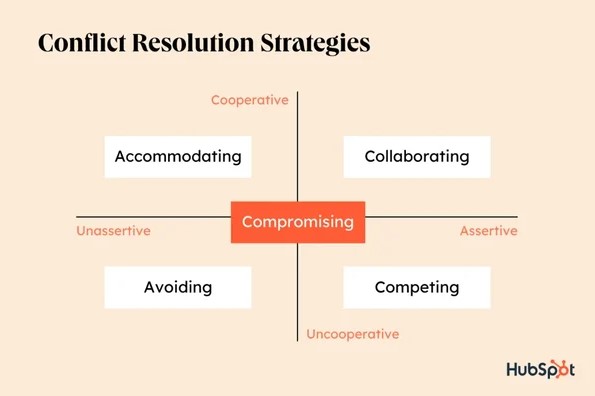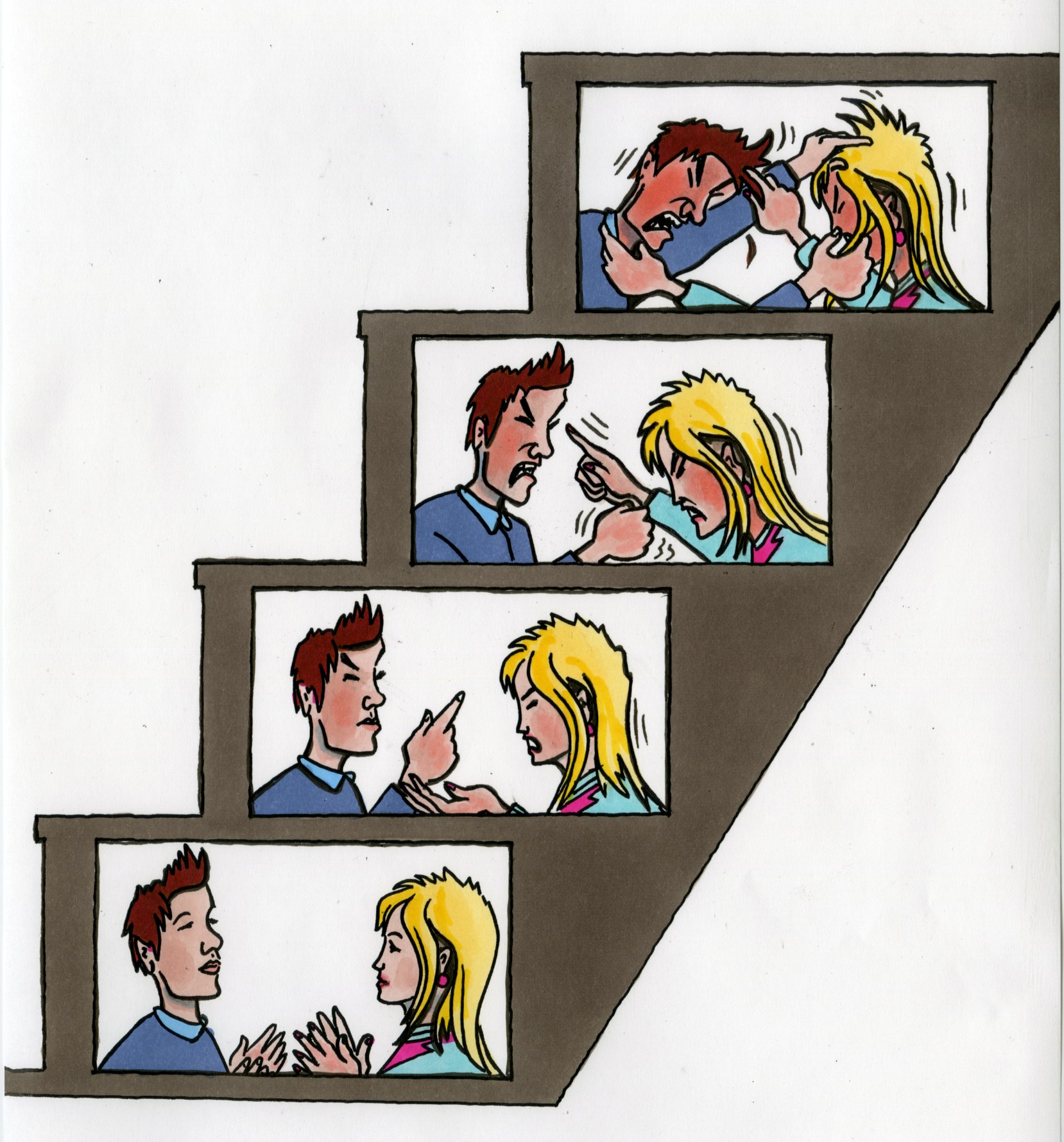
Why is Conflict Resolution Necessary?
Conflict resolution is very important in the classroom. Students need to learn how to handle and resolve conflicts with their peers. This helps create a positive learning environment. When students have trouble getting along, it affects their focus and learning. It also makes extra work for teachers, who must use class time to address these problems.
Conflict happens because people have different perceptions, attitudes, likes, and personalities. Not everyone will see things the same way. For instance, even if two people agree on something, they might still disagree on the details. This is because each person may interpret the terms differently.
In any group setting, like a classroom, conflicts can happen because of different values, interests, personalities, and attitudes. If conflicts are not resolved, they can disrupt class activities, lower productivity, and hurt students’ morale and confidence. However, when conflicts are handled well, they can lead to better discussions, greater understanding, and stronger relationships among students.
Parents, teachers, and students should know and use conflict resolution strategies. They need to practice these strategies in their interactions. By promoting open communication, empathy, and understanding, we can handle conflicts in a positive way. This helps create a more supportive and united learning environment for everyone.
Read Other Posts : 10 Easy Way to Manage Academic Stress and Expectation
Here are 10 Conflict Resolution Strategies for Students

1. Establishing a Positive Communication Environment
It’s important to encourage students to share their thoughts and concerns respectfully. Actively listening to students, showing empathy for their feelings, and keeping an open-door policy helps keep communication clear and open. These practices can prevent small misunderstandings from turning into big problems.
2. Implementation of Problem-Solving Workshops
Attending workshops with hypothetical problem-solving scenarios can be very helpful for students. These sessions teach important conflict resolution skills and show the value of teamwork and understanding different viewpoints. After these workshops, students can take part in feedback sessions to review and improve their strategies. Group activities that focus on solving problems together also help students build skills like teamwork, sharing, and fair conflict resolution.
3. Collaboration
This approach to conflict resolution focuses on open communication and active problem-solving. It encourages students to work together and find solutions with both their teacher and classmates. This method helps students build important skills like teamwork, empathy, creative problem-solving, and cooperation.
4. Focus on Problems, Not People
When conflicts happen, teens often blame others. It’s important to help them avoid personal attacks. Most conflicts are not about someone’s character flaws but about different perspectives or unmet needs. Teach your teen to focus on the problem and finding solutions, instead of focusing on the other person’s character.
5. Comparamise
Teach students the art of compromise, where both parties willingly make concessions to reach an agreement. This helps students understand the value of negotiation, navigate disagreements constructively, and build leadership skills.

6. Promote storytelling
Share stories with your students and read storybooks with your children. Encourage your child to read or tell a story, then talk about the characters’ actions and their results. Ask your child what they think is right or wrong. Use role play to create scenarios where your child can take on different roles. This helps them see different viewpoints and feel empathy. For example, you can pretend to be a child who needs help, and your child can be the helper.
7. Assertiveness
Sometimes, an authoritative approach is necessary, especially for safety or disruptive behavior. In a classroom, it is crucial to assert authority to keep all students safe and maintain order. This involves clearly stating expectations and consequences. However, this approach should be used sparingly. For less critical situations, instead, focus on open communication and understanding to create a positive environment. Additionally, teach students to express their needs assertively while respecting others’ rights and opinions. This helps them develop negotiation skills and build empathetic relationships.
Read Other Hindi Posts : Letsgyan Hindi Post
8. Restorative Circles
Restorative Circles are a way to solve conflicts by involving the whole group. They are useful for minor conflicts and communication issues. In this approach, students sit in a circle to talk openly about the problem. This method helps build empathy and understanding. It also creates a sense of community and shared responsibility. This leads to quicker and more effective conflict resolution.
9. Practice Self-reflection
Encourage students to practice self-reflection by taking time to think about their thoughts, feelings, and actions. Teach them tools for self-regulation, such as deep breathing exercises or journaling, to help manage stress and emotions. For instance, deep breathing helps people stay calm during conflicts. Box breathing, which involves inhaling and exhaling for four counts, is a simple technique that is easy for teens to learn and can be used in many situations to reduce stress.
Moreover, taking a deep, slow breath can help teens clear their minds and focus before speaking, making their communication more effective. Additionally, participating in community service can provide students with a sense of purpose and empathy. Activities like cleaning a park, organizing donation drives, or visiting nursing homes help students see the value of helping others. Emphasize that helping is a unique human action, which also encourages students to care for those around them and build a sense of responsibility and compassion.
10. Know how to apologize.
Apologizing well can be tough for many people. But giving a sincere apology is key to resolving conflicts. When parents apologize for their mistakes, it shows teens the importance of admitting their errors. A good apology doesn’t include excuses or “buts.” Instead, it means directly admitting fault, like saying, “I was wrong, and I’m sorry I hurt you.”

